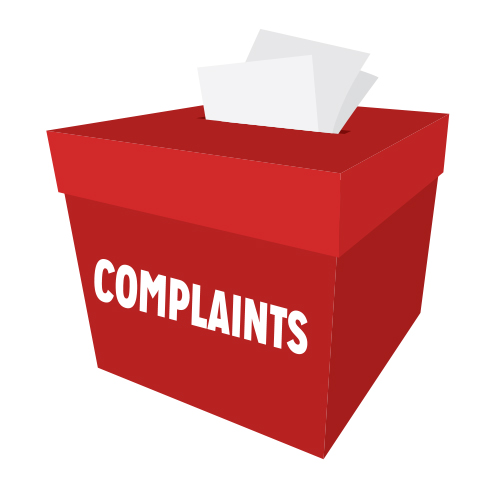Flipping Houses vs. Renting
Choosing the best type of investment property for your needs isn’t just about deciding between single family homes and larger units; it also involves a decision between flipping or renting.
When deciding whether to pursue a rental property or a house flip, first consider the economics of the deal and your specific financial goals. With rental projects, you need to evaluate the long term net income potential of the property. They will generate income over a long period of time, versus the possibility of a single bigger score on a house flip.
When figuring out your net income on a rental, start with rental rates in the area for similar properties. You will also need to include expenses related to any money you borrow for the purchase and the rehab, ongoing repairs, property taxes, insurance and utilities. Also include a realistic allowance for vacancies and resolution of problems with tenants. After all these calculations, make sure that the projected net rental income will pay the expenses, as well as provide you with some income.
With regards to a house flip, you need to calculate all of the costs of purchasing, rehabbing and selling the property, along with the costs of carrying the property. This was discussed in great depth in Chapter 1.
The way you analyze the economics for flipping houses vs. renting are very different. Make sure that you understand your long term goals before beginning either type of project.
 Single Family
Single Family
When deciding whether a single family rental is the best type of investment property for you, you need to assess who your tenant will be. Traditionally, rental properties are occupied by people who are either young, in transition or have fewer financial resources than home purchasers. If you are buying a single family rental property in an urban area, make sure that its size fits the typical resident of the area. Singles or families? Upscale or traditional?
If you think you will be relying on tenants receiving government assistance to pay their rent, be aware of their requirements so that you do not have to redo any efforts. Government agencies have very stringent regulations on a surprising number of amenities. Tread carefully when you think you will be relying on government assistance.
When looking for a single family house to flip, you need to consider who your buyer will be, and rehab accordingly. If the house is in the suburbs, it will most likely be a family. If inside a city, it could be either a family or single person.
If you’re flipping in a family neighborhood, such features as a spacious kitchen and double sinks in bathrooms will help sell the house. If a smaller place in the city, sleek lines and the illusion of space will give you the edge with buyers.
When looking to do either a single family rental or a house flip, put yourself in the mind of the user. Who will be renting or buying it? What features are they looking for? What is the pricing in the market? When figuring in your purchase, rehab and carrying costs, can you make money on the property?
Without fully understanding all of these things, you put yourself and your investment at risk.
 Without fully understanding your buyer, you put yourself and your investment at risk.
Without fully understanding your buyer, you put yourself and your investment at risk.
 Duplex, Triples, Quads and Larger Apartment Buildings
Duplex, Triples, Quads and Larger Apartment Buildings
Rehabbing a multi unit building has both benefits and burdens, whether you plan to flip it or hold it for rental income. The more units a building has, the more local codes may regulate it. You will need to know your building local code thoroughly. For instance, some municipalities require emergency lighting and exit signs for all buildings with more than three units. Some require sprinkler systems in all four unit and larger buildings. Failure to meet code can be fatal to your bottom line when going to get a rental license or a certificate of occupancy.
If you plan to live at the property, you also need to take into account that not only will you be the landlord, but that you will be constantly available to your tenants. They won’t be shy about bringing all of their issues to you, legitimate or not. On the flip side, if you bought and rehabbed at the right costs, you can live quite cheaply while the tenants’ rents pay your mortgage.
One caution about an owner occupied building. A typical, non-bank rehab lender will lend only on investment property. If you have a loan from a private or hard money lender for the project, the terms of your loan may forbid you to live there. Further, if you plan on getting such a loan for your project, your planned occupancy may make it more difficult to find a lender.


 Single Family
Single Family Without fully understanding your buyer, you put yourself and your investment at risk.
Without fully understanding your buyer, you put yourself and your investment at risk. Duplex, Triples, Quads and Larger Apartment Buildings
Duplex, Triples, Quads and Larger Apartment Buildings